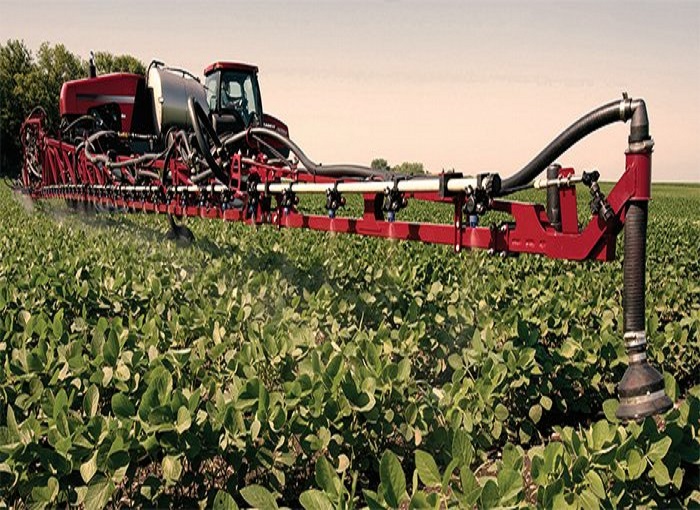The main function of the sprayer is to spray pesticides on crops efficiently and accurately in agricultural production to protect crops from pests and diseases. Sprayers have been widely used in agricultural production through different working principles and designs.
A type of agricultural pesticide application machinery, the sprayer can mix water with liquid medicine and spray the liquid onto the surface of an object through pressure. It is suitable for spraying crops such as corn, sugarcane, sorghum, and wolfberry. Its use not only saves labor, but also provides a larger spray width, thereby improving agricultural production efficiency.
Pesticide spraying drones are another important tool for modern agricultural production. With their high efficiency, precision and environmental protection, they have become an indispensable part of modern agricultural production. Drones can spray pesticides over farmland, effectively improving agricultural production efficiency, reducing pesticide use, reducing environmental pollution and labor intensity. The design of the drone takes into account aerodynamics and structural stability and is made of lightweight materials to reduce weight and improve flight efficiency. At the same time, they are also equipped with high-precision GPS navigation systems and advanced sensors to ensure that the drones maintain a stable route during flight and spray pesticides accurately.
In addition, sprayers have other uses, such as playing a role in epidemic prevention and disinfection, cooling and dust removal, and cleaning functions. For example, during the epidemic, sprayers can be used for disinfection and sterilization of streets and important places; cooling operations in breeding places or large greenhouses; and for cleaning agricultural machinery and the ground.

 ENGLISH
ENGLISH 中文
中文 Русский
Русский


